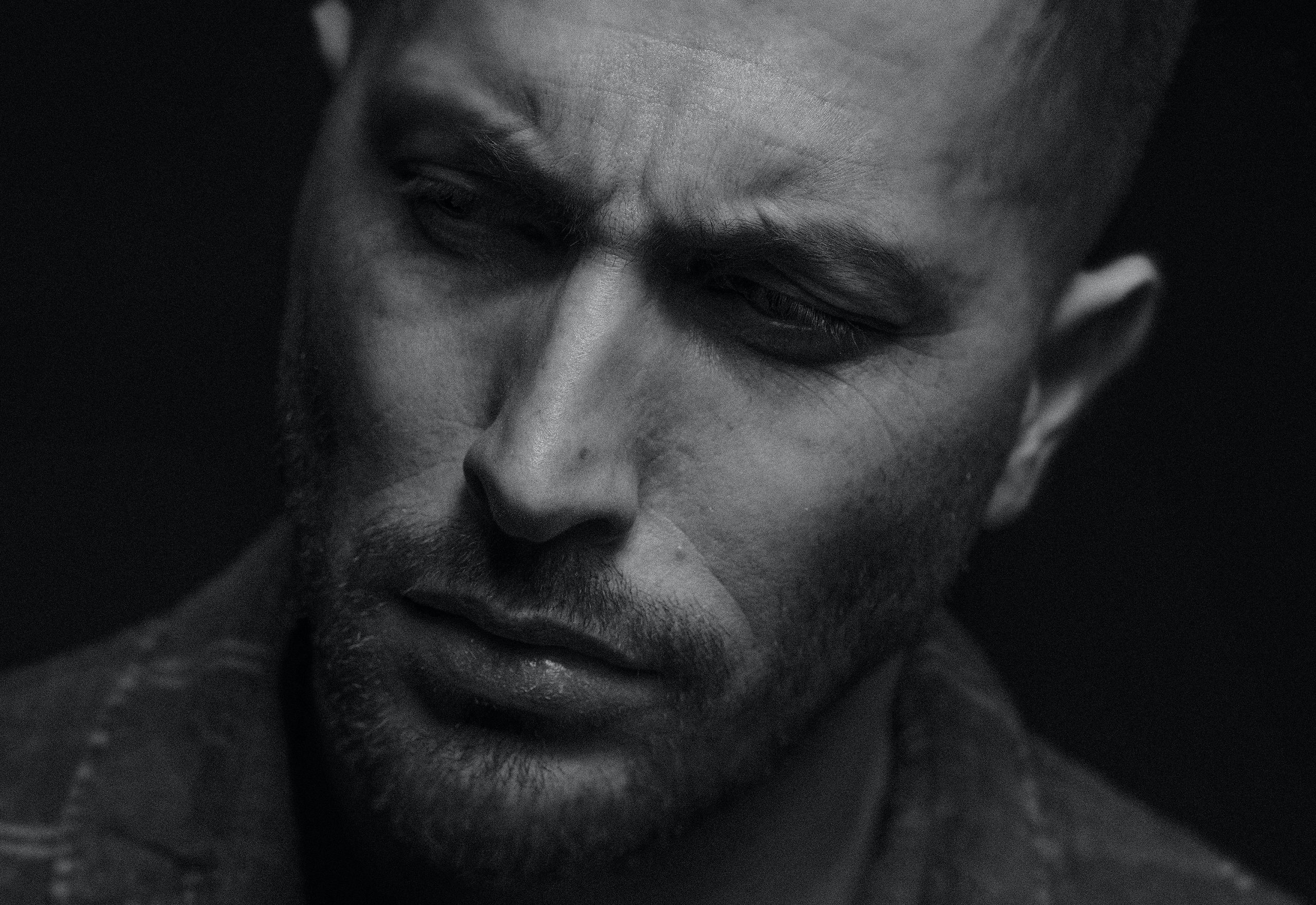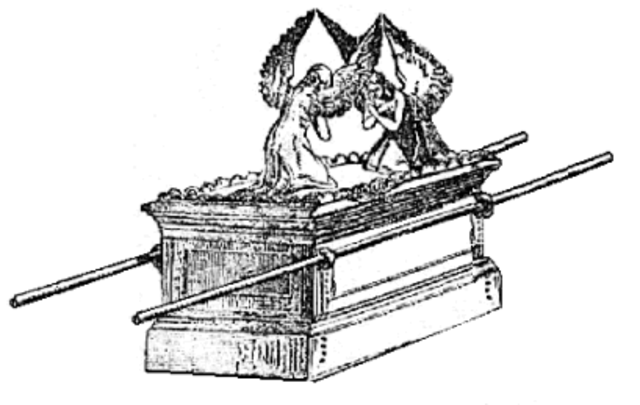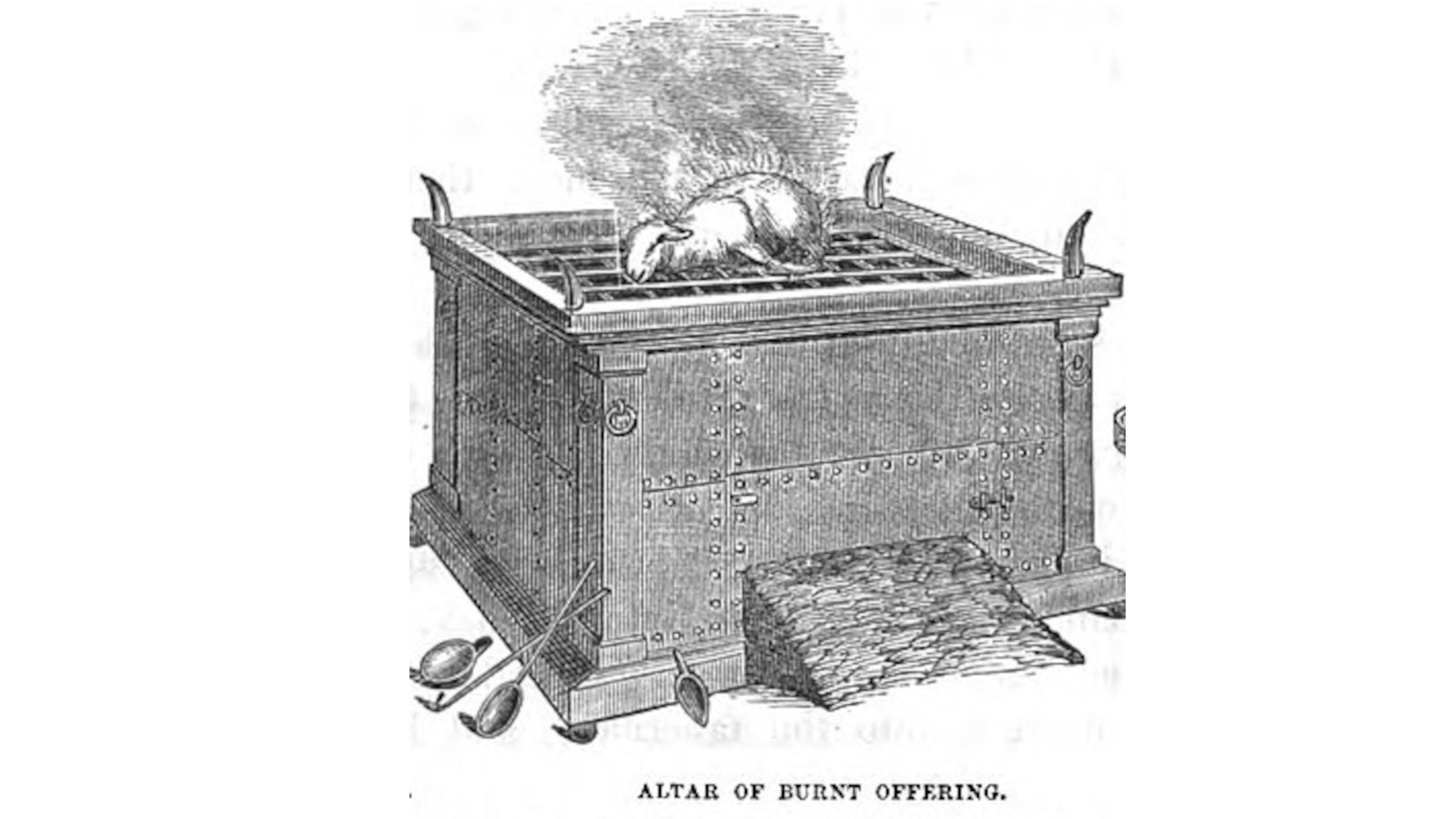In this series we are having a look at the four faces of God and how they are represented in the gospels, in the gospel of Luke we have the face of the man because Luke wanted to reveal Jesus as the Son of Man.
The Genealogy in Luke
In Matthew we saw that Matthew had the royal genealogy of Christ, in Luke we see the genealogy of the average man. This is because Luke wanted to focus on Jesus’ humanity rather than His royalty. In Biblical times there were two ways of writing a genealogy, the one was used solely by royalty and the other by the average man on the street so to speak. In the Bible we are given both, Matthew focussing on His royalty as the Son of David and Luke focussing on His humanity as the Son of Man.
The Nativity in Luke
In Luke we see the humanity of Jesus again expressed in the visitors to His manger when He was born. In Matthew we saw royal visitors in the magi but in Luke we see humble shepherds visiting Jesus’ cradle. These shepherds had no special title or prestige but were just humble men who had seen the angels in the sky over Jerusalem and had come to visit Jesus.
Jesus as a Boy
Luke is the only gospel which really shows us Jesus growing up and becoming a man. We see stories of Jesus being presented at the temple as a baby and then later when He was 12 being found in the temple. We are told that Jesus ‘grew in wisdom and stature, and in favour with God and man.’ So it shows us that, like other little boys, Jesus also had to learn and grow.
Compassion in the Parables
Two parables found only in the gospel of Luke are the parable of the good Samaritan and the parable of the prodigal son. Both of these parables show example of compassion, the compassion the good Samaritan had on the man he saved and the compassion of the father for his prodigal son. Compassion is an emotion that relates to our humanity and shows Jesus as a compassionate and gracious God. Luke is also the only gospel that teaches about Zaccheus and Jesus going to his house while he was considered a tax collector and sinner, and therefore showing compassion on Zaccheus.
Son of Man
Luke often refers to Jesus as the Son of Man, and so we see in the gospel of Luke that he is emphasizing Jesus’ humanity. Luke uses this phrase about twenty-four times in his gospel compared to ten times in the gospel of John and 14 in the gospel of Mark. He is also referred to as the Son of Man thirty times in the gospel of Matthew where the focus is on Him being the Son of David.
So in the gospel of Luke, we see Jesus as the Son of Man, being fully human while fully God. We see Jesus’ human characteristics such as mercy and compassion and learn a lot more about His life outside of His ministry. We see Jesus in the face of the Man.



